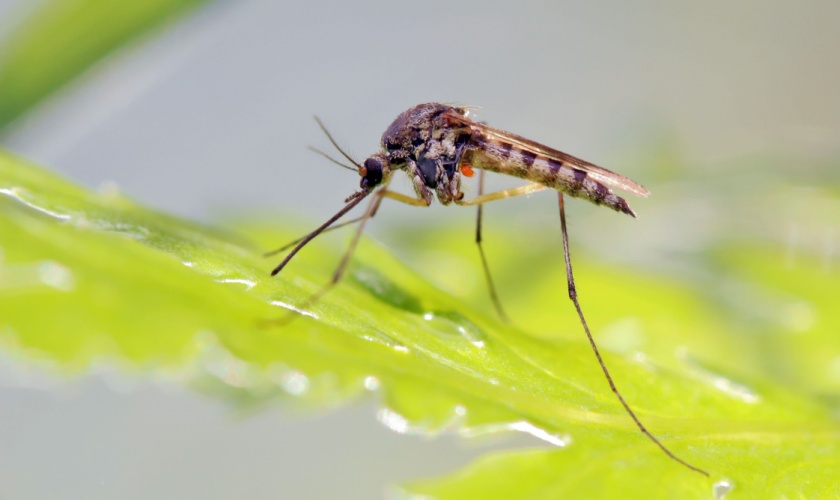Mosquitoes can turn your beautiful San Jose backyard into an uncomfortable space where no one wants to spend time. These persistent pests require just a small amount of standing water to reproduce—as little as a bottle cap full! Understanding where mosquitoes breed is the first step toward eliminating them. Here are the top five mosquito breeding sites commonly found in San Jose backyards and what you can do about them.
1. Clogged Rain Gutters
While often overlooked, clogged rain gutters rank among the most prolific mosquito breeding grounds around San Jose homes. When debris like leaves and twigs collects in your gutters, they create dams that hold water even during our dry season.
Solution: Clean your gutters at least twice yearly—once before the rainy season and once afterward. Consider installing gutter guards to minimize debris accumulation while still allowing water to flow freely.
2. Forgotten Containers
Toys, flowerpots, wheelbarrows, buckets, and even the saucers under planters are perfect mosquito nurseries. These items collect rainwater and irrigation overspray, providing ideal conditions for mosquito eggs.
Solution: Regularly patrol your yard for anything that might hold water. Empty containers completely and store them upside down when not in use. For planter saucers, empty them weekly or fill them with sand to absorb excess water while still providing moisture for plants.
3. Bird Baths and Decorative Water Features
Many San Jose homeowners enjoy decorative water features like bird baths, small ponds, and fountains. While beautiful, these features quickly become mosquito breeding sites when water becomes stagnant.
Solution: Keep water circulating with pumps or fountains, as mosquitoes prefer still water for laying eggs. Change water in bird baths at least twice weekly. For larger features, consider adding mosquito fish (Gambusia affinis), which feed on mosquito larvae, or use mosquito dunks containing BTI, a natural bacteria that kills mosquito larvae without harming other wildlife.
4. Irrigation Systems and Overwatering
San Jose’s Mediterranean climate means many homeowners irrigate their landscapes. Poorly adjusted sprinklers, leaky connections, or overwatering can create puddles that persist long enough for mosquito development.
Solution: Inspect your irrigation system regularly for leaks or areas of poor drainage. Adjust watering schedules to avoid overwatering, especially in areas with clay soil common throughout San Jose. Consider drip irrigation systems that deliver water directly to plants without creating surface pools.
5. Tree Holes and Bamboo Stakes
Natural cavities in trees and hollow bamboo garden stakes collect rainwater and provide protected environments for mosquito breeding. These hidden water sources often go unnoticed.
Solution: Fill tree holes with expanding foam designed for landscape use or consult with an arborist for large cavities. For bamboo stakes, fill the open ends with sand or silicone caulk, or replace them with solid alternatives.
Year-Round Vigilance
While mosquito season peaks in summer, San Jose’s mild climate means mosquitoes can remain active year-round. Establishing a regular inspection routine for these common breeding sites is your best defense against mosquito infestations.
For properties with persistent mosquito problems, professional mosquito control services can identify hidden breeding sites and implement targeted treatments. At Citra Pest Control, we offer comprehensive mosquito management programs specifically designed for San Jose’s unique environment and mosquito species.
Take back your backyard from mosquitoes by eliminating these common breeding sites. For particularly challenging situations, remember that professional help is just a call away.

